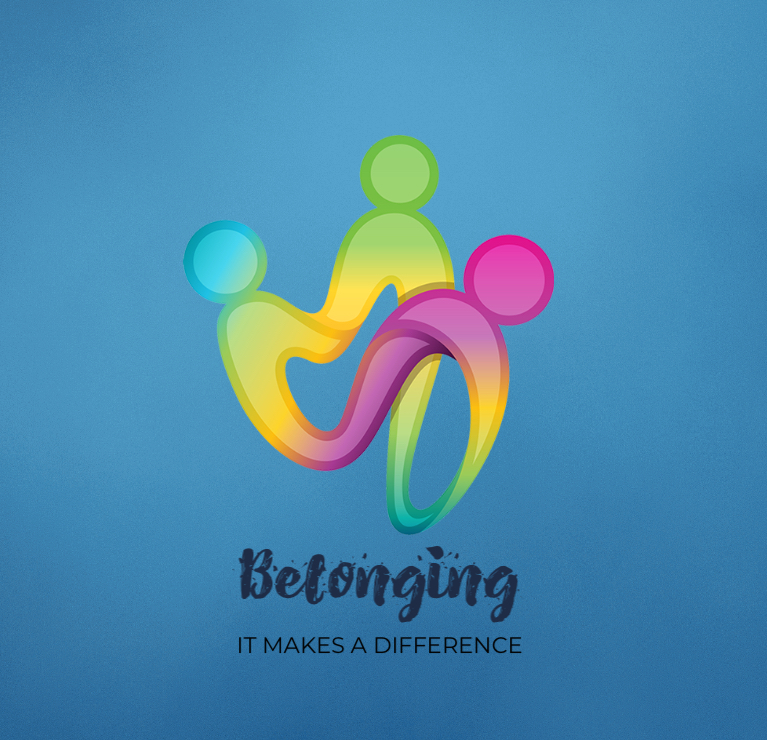City of Port Adelaide Enfield
Description of Use
Look at diversity and household structure so the inclusion stories can be offered to the appropriate areas.
Data Set
Onkaparinga city council
Description of Use
Look at diversity and household structure so the inclusion stories can be offered to the appropriate areas.
Data Set
NDIS demand map
Description of Use
Although written for potential employment based on ndis funding (our region is currently and potentially massively understaffed) the data is useful for our project as it specifies needs. The included instructions for the template of our inclusion stories utilises this data to alert the identified key community stakeholders of demand for certain type of bold required in the region.
Data Set
Students with disability by region and school year
Description of Use
Ability to understand potential need for inclusion story books per region and age appropriate story development.
Data Set
Data by region
Description of Use
Discovery and research into patterns and areas of possible malignant social psychology amongst groups of people through analysis of participation in society in valued roles
Data Set
NEIS program data
Description of Use
Data of participants connected with minority groups and success from these groups.
Data Set
Skill shortages
Description of Use
Research, identify possible adventure trajectories
Data Set
VCAMS Proportion of children with special health care needs
Description of Use
Research and information
Data Set


